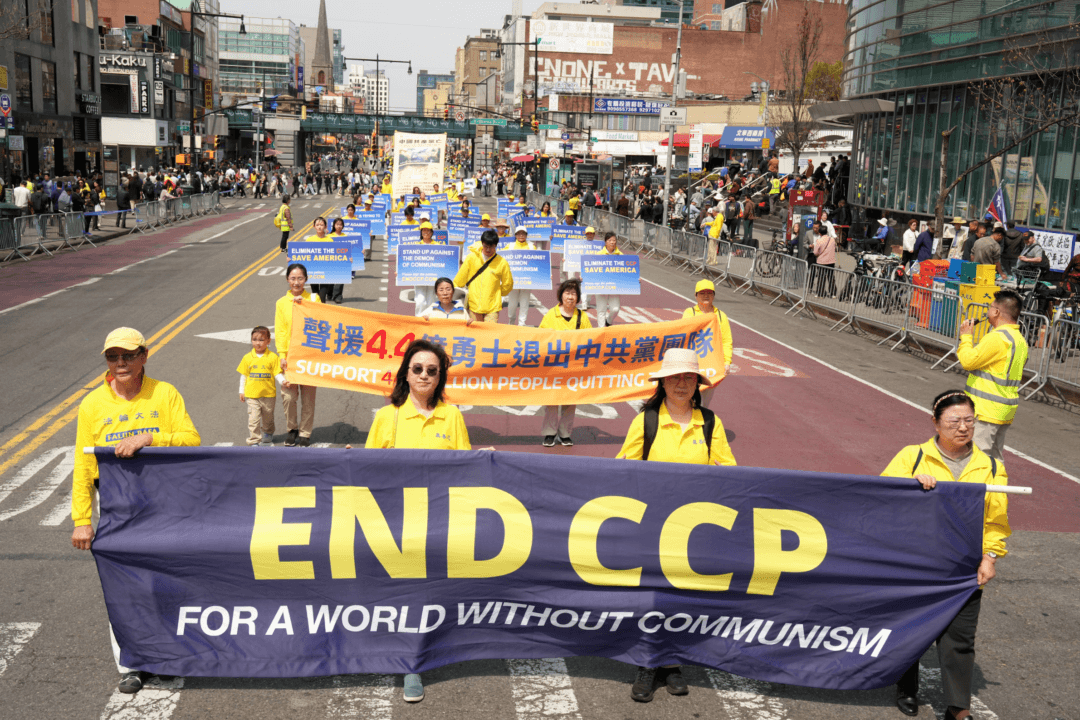In the government’s response, prosecutors argued that it should have been expected that the contents of each box would shift, as the boxes also contained an array of items of “various shapes and sizes,” including keepsakes, Christmas ornaments, photos, and clothing.
Trump attorneys said their defense may include arguing that the classified documents the National Archives and Records Administration (NARA) sought may have been buried in any number of the boxes and been hard to locate. Prosecutors said former President Trump can still make this argument, as the box-to-box contents have not changed, and so no due process violation has taken place.
Box Movement
Prosecutors said the boxes had traveled from the White House to Mar-a-Lago, and then were moved from room to room while in former President Trump’s possession, and may well have had contents shift in order multiple times while he had the boxes as well.“Because the boxes were a mix of items and contained many small, loose materials and papers of various sizes and shapes, items within them necessarily shifted around anytime they were moved,” the brief reads.
After a Trump representative received NARA requests for records, boxes had been brought to the former president for review, according to grand jury testimony. Boxes were moved after review as well. The court record also includes text exchanges between an unnamed employee and codefendant Walt Nauta, valet to former President Trump, who noticed some boxes spilled over in the storage room and had to return the contents to the boxes.
During the raid, Mar-a-Lago security cameras were on and Trump Organization personnel were able to view the search live. At the FBI’s request and concern for safety, the video was not recorded.
Prosecutors explained that after the FBI seized the boxes from Mar-a-Lago, a filter team of four agents first reviewed the contents to set aside boxes that contained “any potentially attorney-client privileged material, so that the agents investigating the case (“Case Team”) would not be exposed to potentially privileged documents.”
Once the agents opened the boxes, they realized it would be “nigh impossible” to keep the contents in the exact same order because the items were of different shapes and sizes, prosecutors said.
Six boxes with privileged materials were set aside.
“Those boxes were documented separately from the other boxes, transported separately to overnight storage in Miami, and flown to Washington in an area of the aircraft separate from the other boxes,” the brief reads.
In the event that a box contained both privileged material and classified documents, the filter team was to provide only the classified document to the case team but not the box. Prosecutors said this never happened, but that the filter team did set classified documents aside for the case team if they came across classified markings during the initial search at Mar-a-Lago, which agents had said were “obvious” to spot.
There was no standard protocol for this, prosecutors acknowledged, providing one example.
“FBI 13 believes that s/he extracted documents with classified markings s/he found and placed them on top of the stacked documents in the box, so that the Case Team could more easily locate them,” the brief reads.
When the filter team finished, the case team set up a workspace outside the Mar-a-Lago storage room to review the boxes for classified documents.
If they found a classified document, “they removed the document, segregated it, recorded the box in which it was found, and replaced it with a placeholder sheet (the “initial placeholder sheet”) where the classified document was removed.”
The “placeholder sheets” would have descriptions of the original classified document.
There was also a blue, leather-bound box found in the 45 Office room, and prosecutors explained agents were careful to return its contents after a search, but did not maintain the order in this box.
The day after the raid, the seized boxes were flown to the District of Columbia and taken to the FBI Washington Field Office. Box A-14 had a classified document removed, and the placeholder was put on top of the box rather than where the document was located inside the box, according to the brief. Then on Aug. 29, 2022, the filter team released one box to the case team after reviewing for privileged materials, and the case team found two more classified documents.
Several weeks later, an outside vendor scanned the contents of the boxes as the judge had ordered. This was done in the presence of FBI agents. By this time, the boxes had placeholders instead of classified materials. Some of the placeholder sheets had also been updated and replaced with ones with an alphabetical index code to denote the level of classification.
“Scanning personnel were instructed to ‘[s]can all documents in the order they appear in the box,’” the brief reads.







